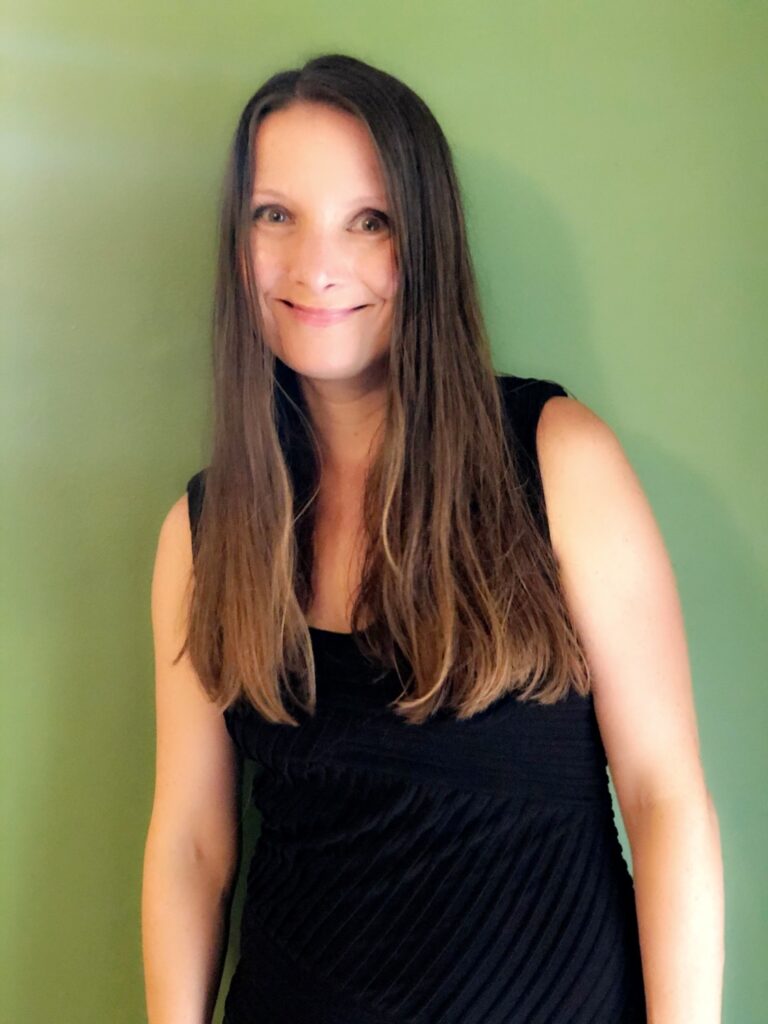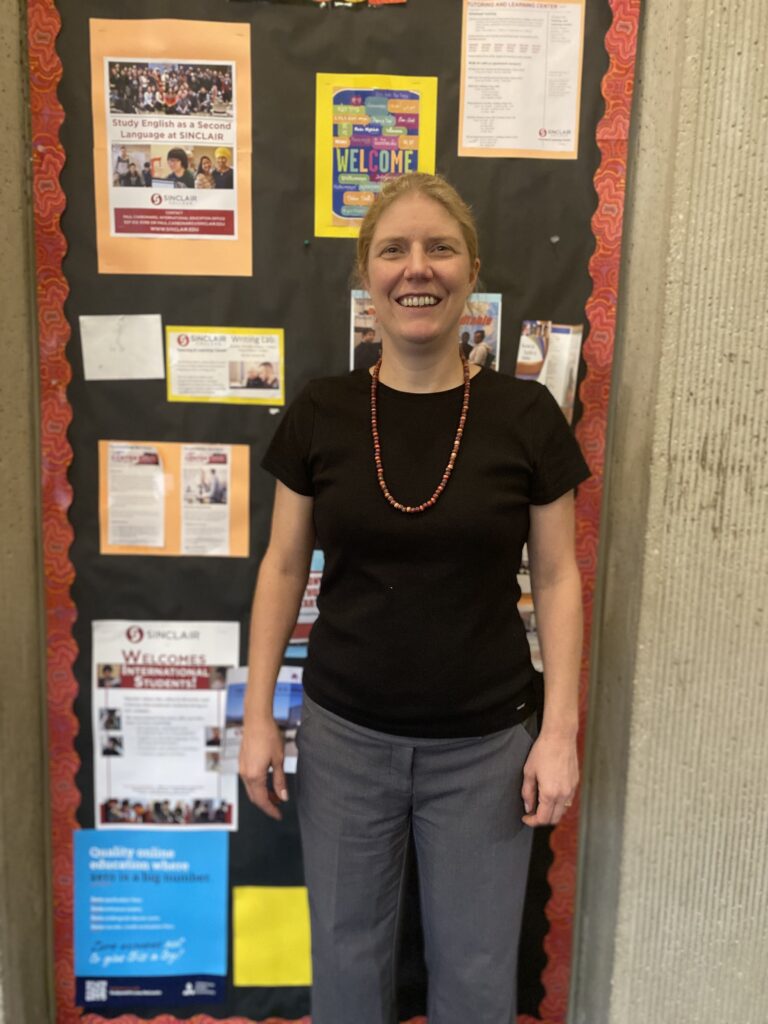ESOL stands for English to speakers of other languages, so ESOL classes are for those whose first language is not English. Johnson-Taylor’s journey as a teacher started in the year 2000 and has been an ESOL teacher for eight years.
“I wanted to teach ESOL at Sinclair because I have always been fascinated by different languages and love the global perspectives my students bring into the classroom. In addition, reading and writing are transformative. I enjoy watching students learn to use language and literacy to shape the world and reach their goals,” Johnson-Taylor said.
Johson-Taylor believes that students learn best when they are actively engaged, when the teacher is able to build from their interests, and when the teacher is able to connect with them. Students believe that building community and helping students feel comfortable in a classroom helps students allow themselves to make mistakes, as it is a part of learning a new language.
“My students are such good people, such kind and wonderful people, and I think that they are especially good at supporting one another, building community, helping me to create a safe classroom space,” Johnson-Taylor said.

She also likes that her students cheer on one another and are ready to build each other up instead of criticizing one another. Looking forward to future educators, she advises students who would like to be teachers like Johnson-Taylor to believe in themselves and in their dreams.
“If a student wants to be a teacher, I’m confident that they can achieve that, and I think that students shouldn’t be afraid to seek mentors. Most of the teachers here at Sinclair would love to help a student interested in getting in that field,” Johnson-Taylor said.
Sietman’s teaching journey started at Purdue University, where she taught public speaking. After graduating with her master’s degree, she went to Beijing to teach English at Beijing Foreign Studies University.
After living in China for 13 years, Sietman realized she wanted to learn more about teaching English, so she went for her PhD in Language Education at Indiana University.
“Our program serves both local community and international students. We have a lot of students coming from all over the world, and being able to serve these students is why I chose to be an English teacher at Sinclair. I just love it that I get to serve the community,” Sietman said.
Sietman also loves the joy and challenge of living in a culture other than her own, so being an English teacher at Sinclair allows her to experience these emotions.
“One of the principles that guides my teaching is that my students are people worthy of respect. While the differences between me and my students may be vast, we are all people that need respect.” Sietman said.

To Sietman, learning is more likely to flourish when the students feel their teacher’s genuine respect, care, and concern.
“I am so impressed by my students’ tenacity. I respect them so much. They are fighting for their education and the skills they need to make a better life for themselves and their children,” Sietman said.
Sietman’s advice for students who would like to teach like her is to “learn another language. My struggle to learn and communicate in Chinese for over thirteen years is fundamental to my understanding of my students.”
As we learned from our interviews, the beauty of being an ESOL teacher is its impact on both the teacher and the students. For teachers like Johnson-Taylor and Sietman, it is about more than simply teaching English; it is about building a feeling of community, respect, and personal development. Their stories show the power of cultural exchange and commitment to helping students reach their goals. ESOL teachers find joy in guiding students through language barriers while learning from the different experiences that students bring to the classroom.
Written by Esperance Amuri


